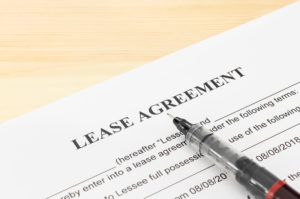Why Waive Subrogation?

In most commercial leases, there will be a reference to a waiver of subrogation, or similar concept. Usually, it is the landlord who requires the tenant to waive subrogation by procuring a policy that expressly waives any right of subrogation by the tenant’s carrier against the landlord. This is a unilateral waiver as it only requires that the tenant waive subrogation.
Why should a tenant push for a mutual waiver of subrogation? Let’s suppose that the landlord is responsible for maintaining the roof and negligently fails to do so. Thus, the roof leaks and damages the tenant’s personal property inside the premises. The damage is $100,000. Tenant looks to its carrier, which pays the claim but the carrier is now precluded from pursuing the landlord because tenant waived its right to do so in the lease. Or, alternatively, suppose the tenant negligently damages a building system and it cost the landlord $75,000 to repair. Landlord could go through its carrier which could then pursue tenant for whatever the carrier pays out on the landlord’s claim
The answer to this dilemma for the tenant is to insist on a mutual waiver of subrogation in the lease. If that’s not possible because the landlord is unyielding, then the tenant should consider obtaining a policy that covers non-fire perils.
Even with a mutual waiver of subrogation, however, the tenant must be aware of other potential disasters that could arise if the lease is not properly drafted. Stay tuned for more on that later.
If you have any questions about this post or any other related matter, please contact me at tpmckeown@nmmlaw.com.

